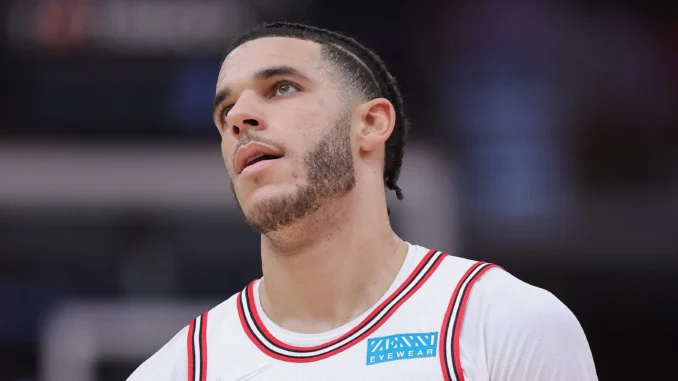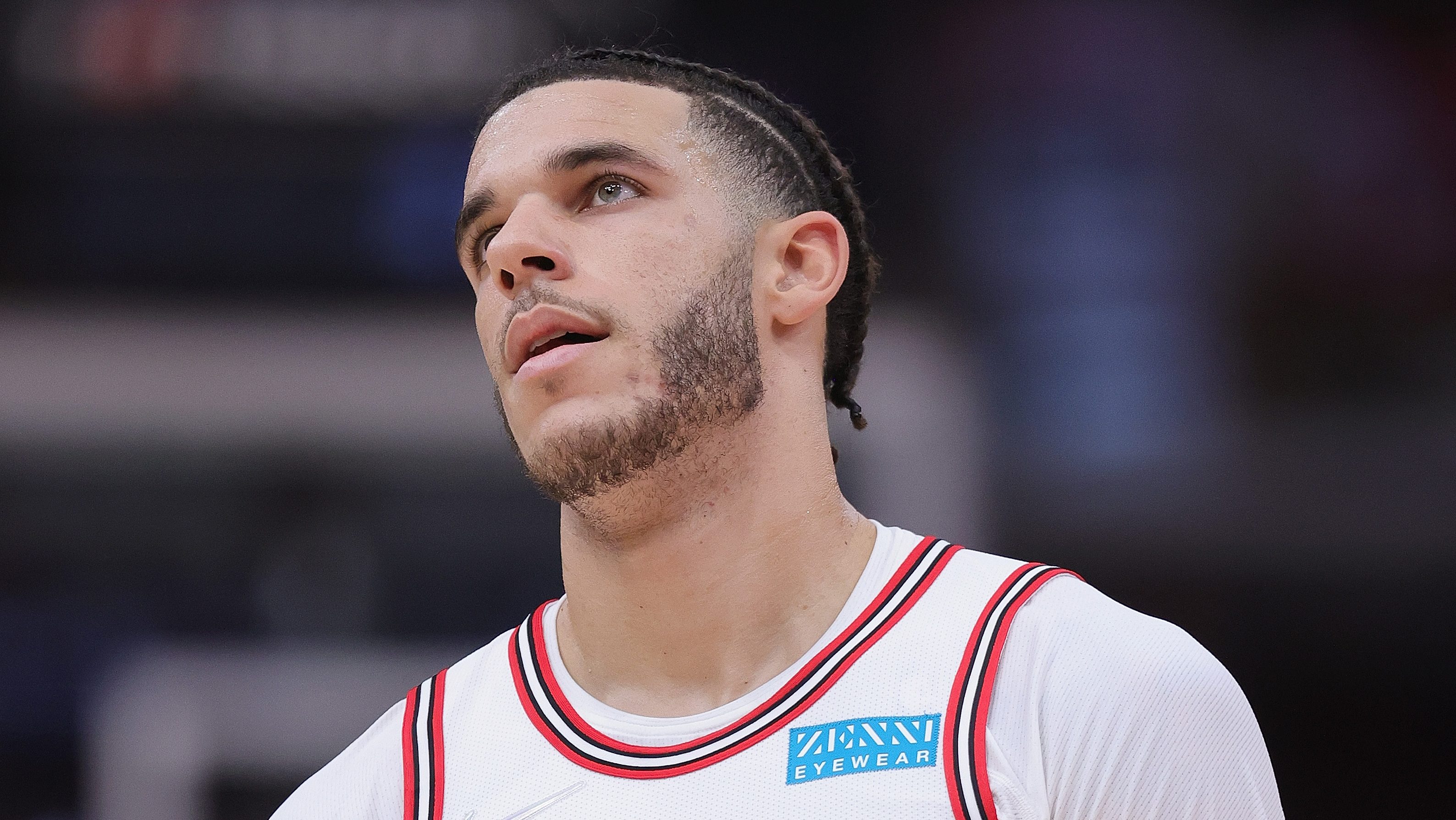

ANALYSIS:
In a surprising move at the recent NBA trade deadline, the Chicago Bulls declined a trade offer that would have sent point guard Lonzo Ball to another team in exchange for a first-round draft pick and the absorption of future salary commitments. Instead, the Bulls chose to extend Ball’s contract, signing him to a two-year, $20 million deal with a team option for the second year.
This decision comes on the heels of the Bulls trading All-Star guard Zach LaVine to the Sacramento Kings, a move that many interpreted as the beginning of a rebuilding phase for the franchise. The LaVine trade brought back the Bulls’ original 2025 first-round pick, along with players Zach Collins, Tre Jones, and Kevin Huerter.
Lonzo Ball, 27, has faced significant challenges in recent years due to injuries, missing the entire 2022-23 and 2023-24 seasons because of persistent knee issues. Despite these setbacks, Ball has made a commendable return this season, averaging 7.2 points, 3.4 rebounds, 3.5 assists, and 1.5 steals over 30 games.

The decision to retain Ball and extend his contract, rather than acquiring additional draft assets, has sparked debate among analysts and fans. John Hollinger of The Athletic reported that the Bulls had a firm offer for a first-round pick in exchange for Ball but chose to extend him instead.
Critics argue that in the context of a rebuilding phase, accumulating draft picks should be a priority. Passing on a first-round pick for a player with a history of injuries raises questions about the team’s long-term strategy. However, supporters of the decision point to Ball’s versatility as a playmaker and defender, suggesting that his presence could provide stability and leadership to a young roster.
The Bulls’ current record stands at 22-33, positioning them 10th in the Eastern Conference. This precarious standing underscores the uncertainty surrounding the team’s direction—whether to fully commit to a rebuild or attempt to remain competitive in the short term. The retention of Ball, coupled with the trade of LaVine, presents a mixed message regarding the franchise’s immediate objectives.
Leave a Reply